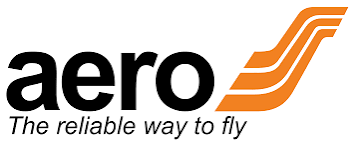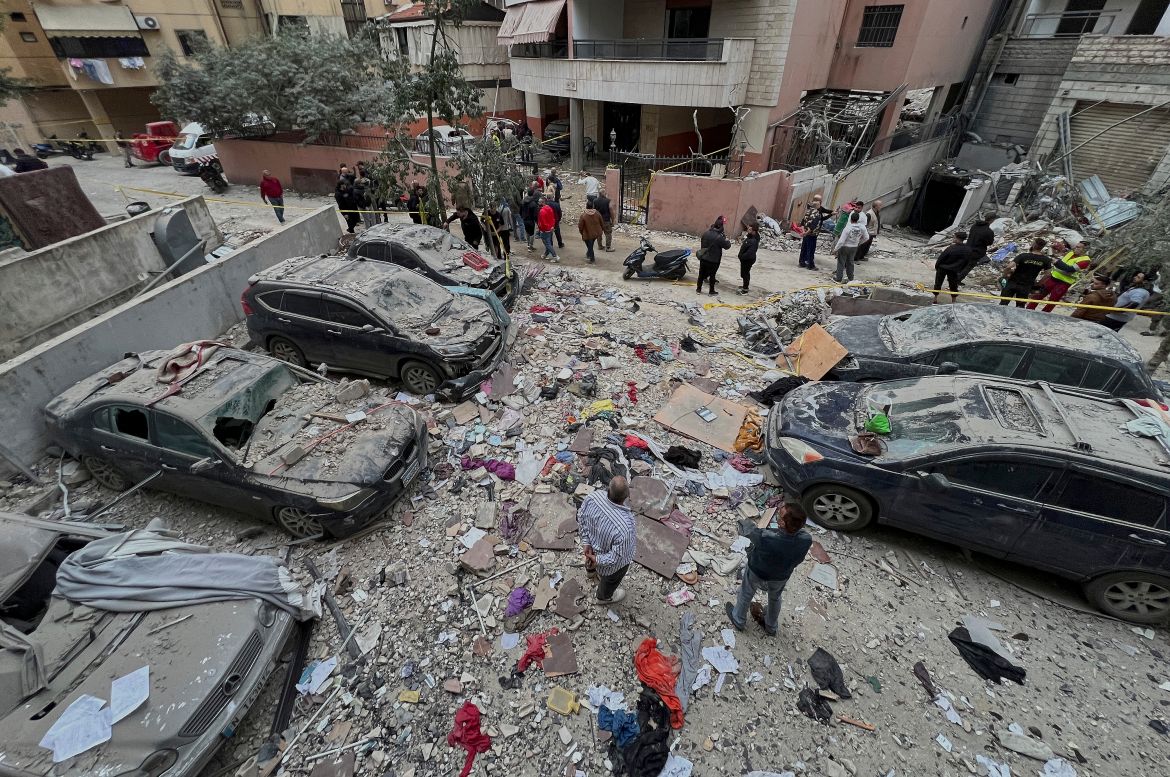Aero Contractors Airline has embarked on an ambitious expansion of its Maintenance, Repair, and Overhaul (MRO) facility, with a vision to become a one-stop maintenance hub for Western and Central Africa. This move also aims to enhance the airline’s capability for heavy maintenance visits.
The airline’s Managing Director, Capt. Ado Sanusi, disclosed this development following the signing of a strategic partnership with the Nigerian Safety Investigation Bureau (NSIB). The agreement focuses on safety training, knowledge exchange, and human capital development to bolster industry safety standards.
Sanusi noted that the MRO facility is currently undergoing renovations and hangar expansion, which are expected to be completed within 90 days. He emphasized that Aero Contractors is investing in infrastructure upgrades, including raising the hangar roof, revamping flooring, improving electrical systems, and upgrading lighting.
Expanded Maintenance Capabilities
The facility currently provides maintenance for various aircraft types, including Boeing 737 NGs, Airbus A320s, CRJs, and Embraer 145s. Additionally, Aero Contractors has secured line maintenance contracts for operators of Boeing 737 MAX and 787 Dreamliners.
“We are acquiring new tools and modernizing our workshop to accommodate both older and newer-generation aircraft,” Sanusi stated.
The MRO is also building capacity for CRJ aircraft and aims to handle engine maintenance, auxiliary power unit overhauls, landing gear repairs, and component servicing. The facility is already capable of performing up to D-checks on Boeing 737 Classics and Dash 8 aircraft.
“Our objective is to establish a one-stop maintenance hub in Western and Central Africa, and we are making steady progress toward that goal,” Sanusi added.
Understanding Heavy Maintenance Visits (HMV)
Sanusi further elaborated on the distinction between scheduled checks and heavy maintenance visits:
- Scheduled checks (A, B, C, and D checks) are conducted based on flight hours or calendar time. A and B checks involve line maintenance, while C and D checks require more extensive inspections at a base maintenance facility.
- Heavy Maintenance Visits (HMV) operate under the Maintenance Steering Group program, which focuses on component reliability and performance rather than fixed timelines. This approach ensures maintenance actions are based on real-time data and the actual wear of aircraft components.
According to Sanusi, HMV is particularly beneficial for newer aircraft models, as manufacturers now have greater confidence in component reliability. This approach enhances safety, reduces unnecessary downtime, and ensures more efficient maintenance planning.
With these developments, Aero Contractors is positioning itself as a leading aviation maintenance provider, committed to improving aircraft safety, reliability, and operational efficiency across the region.








Leave a Reply